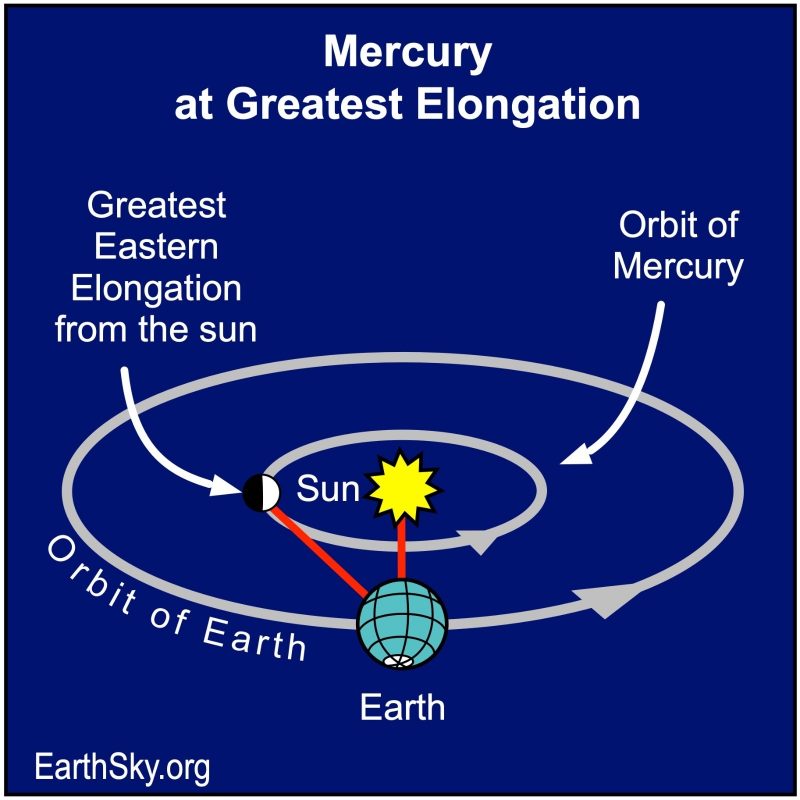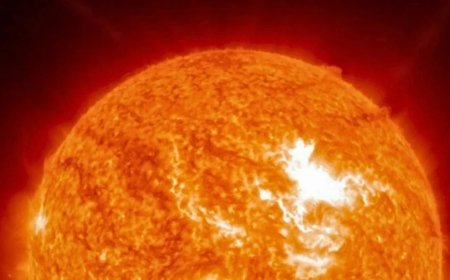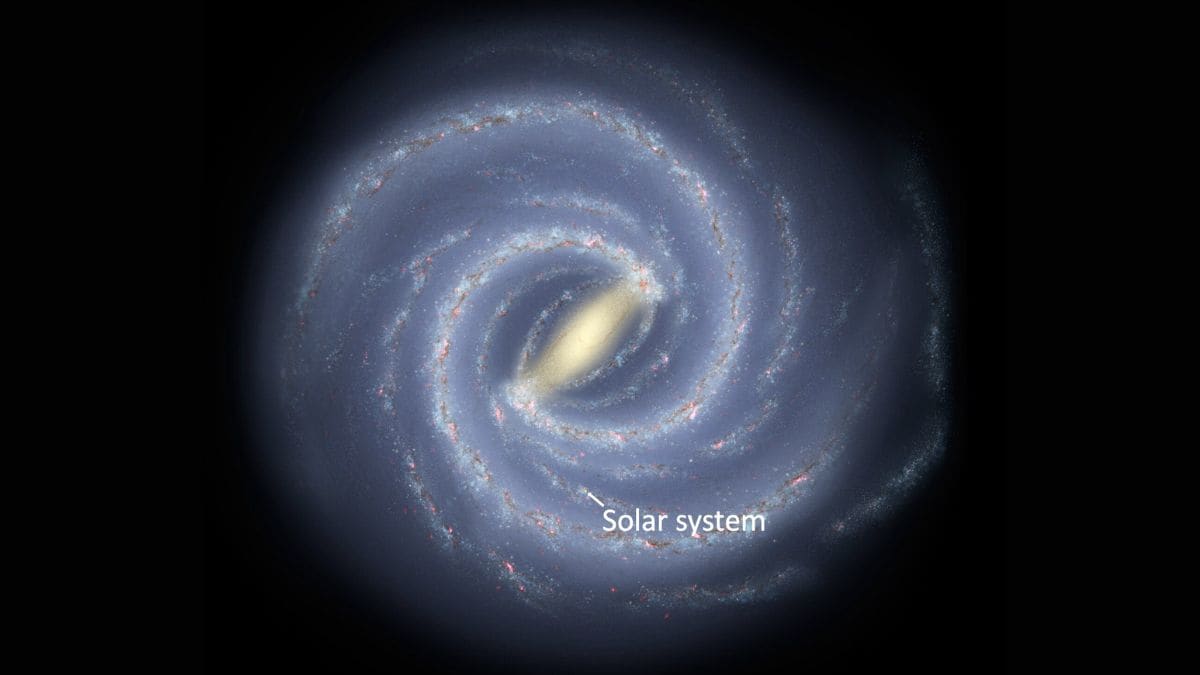Mercury farthest from sunset on March 7-8 and near Venus

Mercury is our sun’s innermost planet. So it always lies near the sun in our sky. Mercury is now back in the west after sunset. This small, speedy planet lies lower in the sky than brilliant Venus. It’ll reach its greatest elongation, its greatest apparent distance from the sun in our sky, on March 7-8, 2025.
Mercury after sunset in March 2025
Where to look: Look west, in the sunset direction – shortly after sunset – for Mercury. Venus – the brightest planet – is also in the evening sky. Venus is much brighter than Mercury. Look for them in the western evening twilight.
Greatest elongation: Mercury is farthest from the sun on our sky’s dome at 6 UTC (12 a.m. CST) on March 8, 2025. At that time, Mercury will be 18 degrees from the sun in our sky. See A comparison of elongations, below.
Brightness: Mercury emerged in the evening sky in late February. Since then, it’s been shining at -1.0 magnitude and will be shining at -0.4 magnitude on March 7-8. At greatest elongation it’ll be farther from the sunset glare and still brighter than most stars! In the evenings after greatest elongation, the innermost planet will rapidly fade as it sweeps up from behind Earth, in its orbit around the sun, causing its illuminated side, or day side, to turn away from us. It’ll disappear after mid-month and will reach inferior conjunction – when it passes between Earth and the sun – at 1 UTC on March 23.
Through a telescope: Mercury will appear about 47% illuminated at greatest elongation. It’ll measure 7.3 arcseconds across.
Constellation: Mercury will lie in front of the constellation Pisces the Fish at this elongation. Doubtless, most of the stars in this constellation will be lost in the twilight.
Note: As the innermost planet, Mercury is tied to the sun in our sky. As a result, it never ventures very far above the horizon after sunset. So as soon as the sun disappears below your horizon, your clock starts ticking. Will you see the glowing point of light that is Mercury before it drops below the horizon, following the setting sun?

The 2025 EarthSky lunar calendar makes a great gift. Get yours today!
For precise sun and Mercury rising times at your location:
Old Farmer’s Almanac (U.S. and Canada)
timeanddate.com (worldwide)
Stellarium (online planetarium program)
March finder charts


Mercury events in 2025
Note: Times are in UTC
Feb 9, 2025: Superior conjunction (passes behind sun from Earth)
Mar 8, 2025: Greatest elongation (evening)
Mar 24, 2025: Inferior conjunction (races between Earth and sun)
Apr 21, 2025: Greatest elongation (morning)
May 30, 2025: Superior conjunction (passes behind sun from Earth)
Jul 4, 2025: Greatest elongation (evening)
Aug 1, 2025: Inferior conjunction (races between Earth and sun)
Aug 19, 2025: Greatest elongation (morning)
Sep 13, 2025: Superior conjunction (passes behind sun from Earth)
Oct 29, 2025: Greatest elongation (evening)
Nov 20, 2025: Inferior conjunction (races between Earth and sun)
Dec 7, 2025: Greatest elongation (morning)
Heliocentric view of Mercury March 2025

A comparison of elongations
In March 2025, Mercury stretches out 18 degrees from the sun in our sky. In fact, the farthest from the sun that Mercury can ever appear on the sky’s dome is about 28 degrees. And the least distance is around 18 degrees.
Mercury (and Venus) elongations are better or worse depending on the time of the year they occur. So in 2025, the Northern Hemisphere will have the best evening apparition in March. And the Southern Hemisphere will have its best evening elongation of Mercury in late October.
In the autumn for either hemisphere, the ecliptic – or path of the sun, moon and planets – makes a narrow angle to the horizon in the evening. But it makes a steep slant, nearly perpendicular, in the morning. So, in autumn from either hemisphere, morning elongations of Mercury are best. That’s when Mercury appears higher above the horizon and farther from the glow of the sun. However, evening elongations in autumn are harder to see.
In the spring for either hemisphere, the situation reverses. The ecliptic and horizon meet at a sharper angle on spring evenings and a narrower angle on spring mornings. So, in springtime for either hemisphere, evening elongations of Mercury are best. Meanwhile, morning elongations in springtime are harder to see.

More Mercury evening elongation comparisons for 2025










































